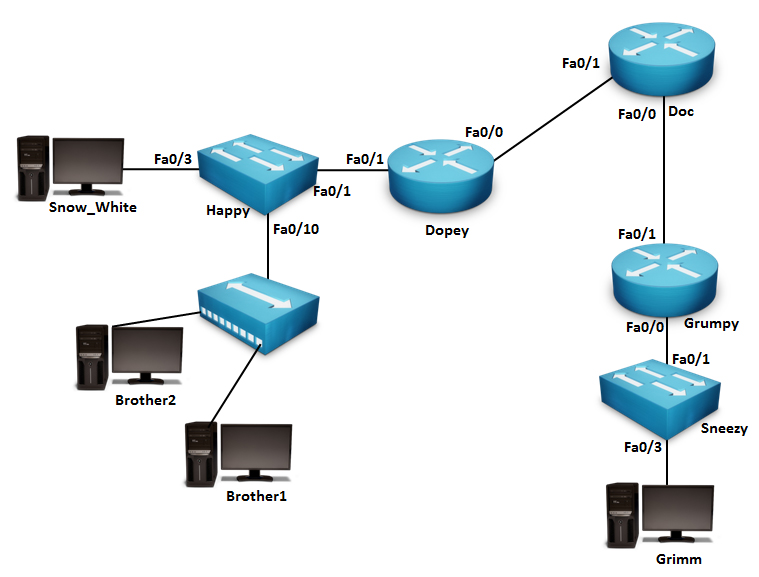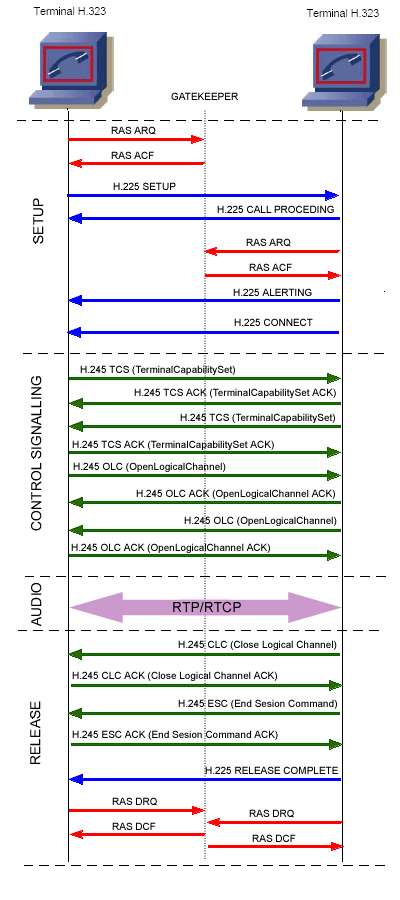The caller ID information is passed through from the ISDN-to-SIP by copying the number in the Calling Party Number information element (IE) in an ISDN Setup message into the Calling Number field of the SIP Remote-Party-ID and From headers.
However, for added privacy, the SIP: CLI for Caller ID When Privacy Exists feature introduces CLI to completely remove the Calling Number and Display Name from an outgoing message’s From header if presentation is prohibited. This prohibits sending the SIP Remote Party ID header, because the Cisco gateway does not send SIP Remote-Party ID headers without both a Display Name and Calling Number.
Presentation Indicator : Presentation Allowed
From: “User1” <sip:5550100@10.0.0.0>;tag=1
Remote-Party-ID: “User1”<sip:5550100@10.0.0.0>;party=calling;privacy=off
Presentation Indicator : Presentation Prohibited
From: “User1” <sip:5550100@10.0.0.0>;tag=1
Remote-Party-ID: “User1”<sip:5550100@10.0.0.0>;party=calling;privacy=full
Remote-Party-Id
This header was defined in a failed RFC : http://tools.ietf.org/html/draft-ietf-sip-privacy-00 . Although this header is supported by SIP devices and SIP PBXs, this was never accepted […]



